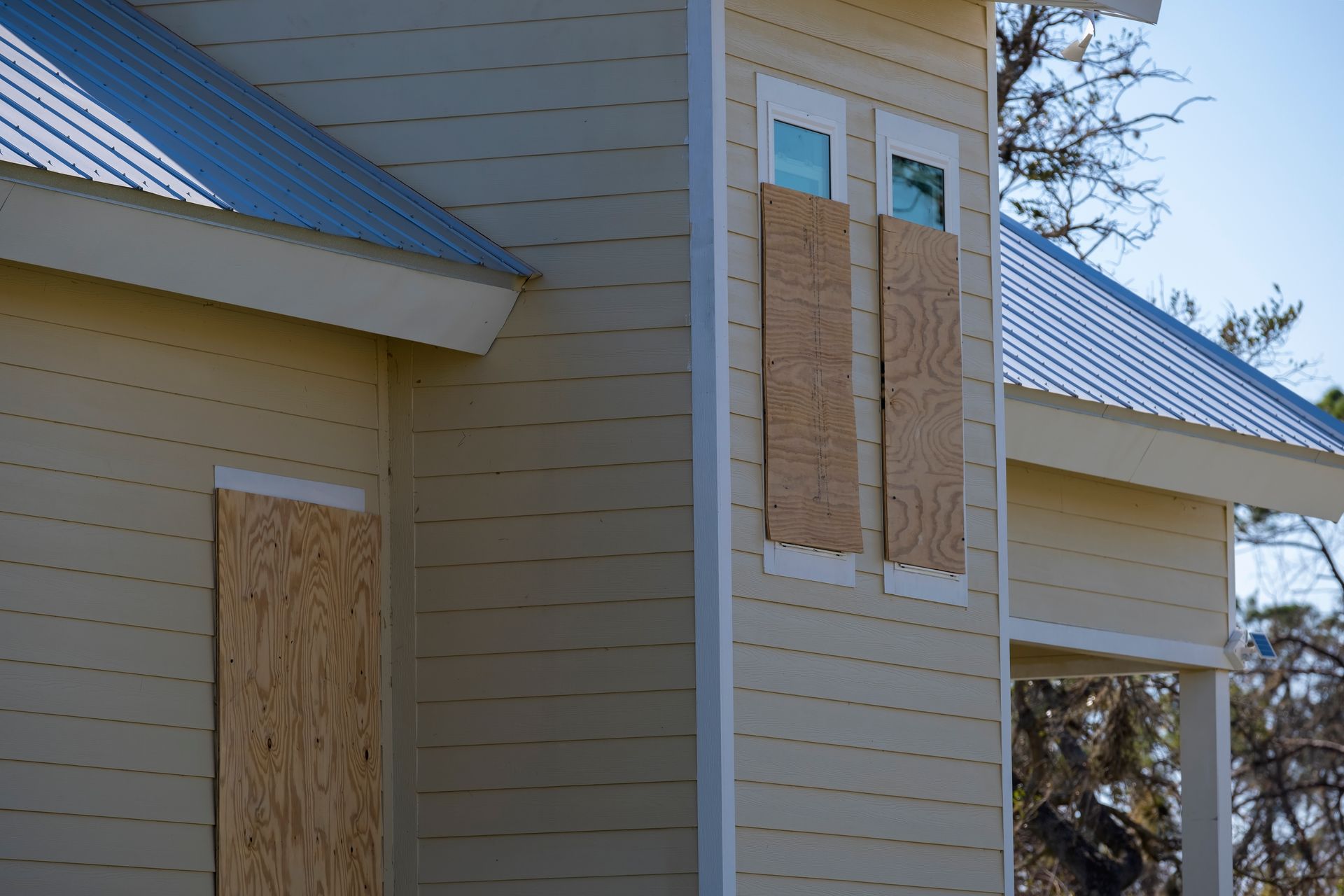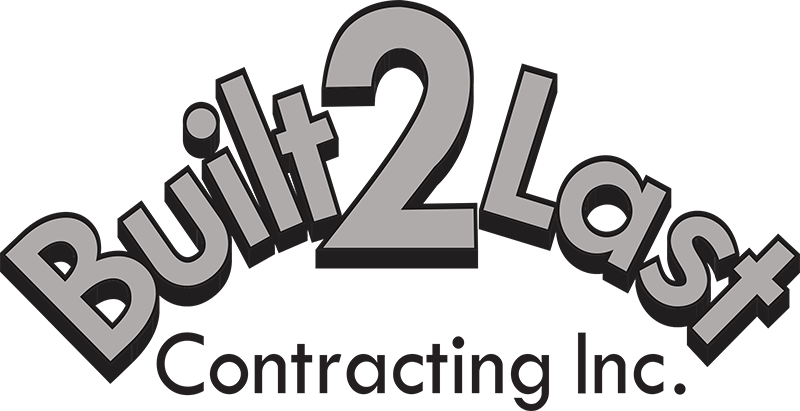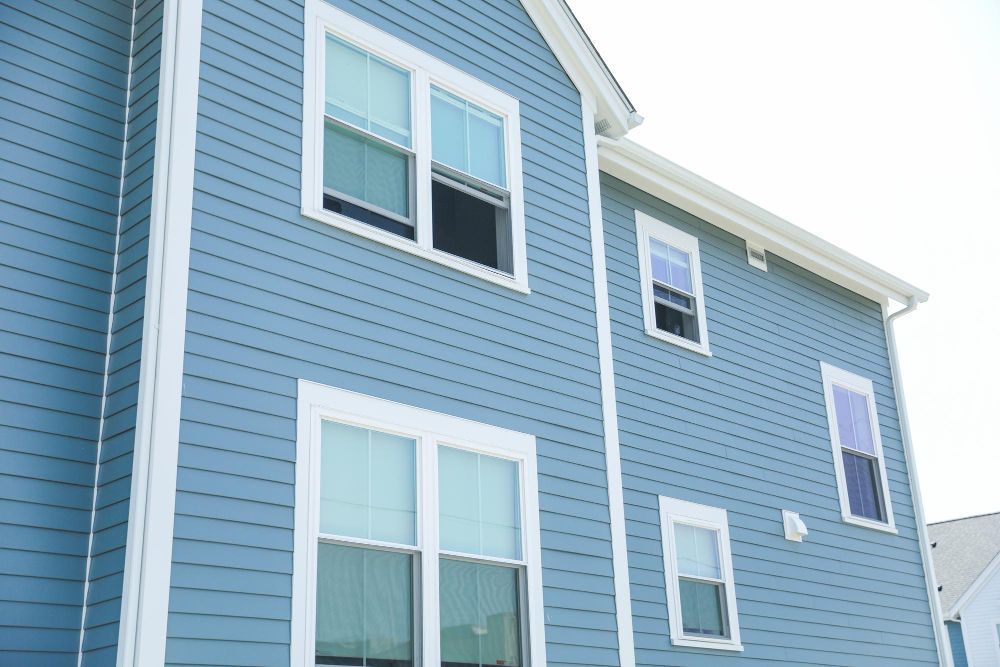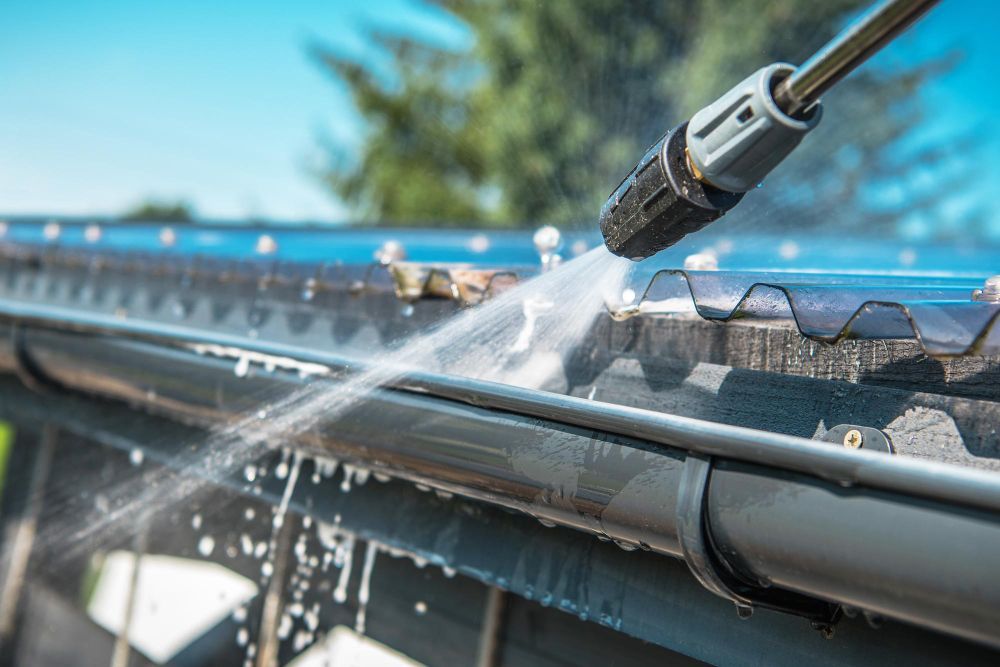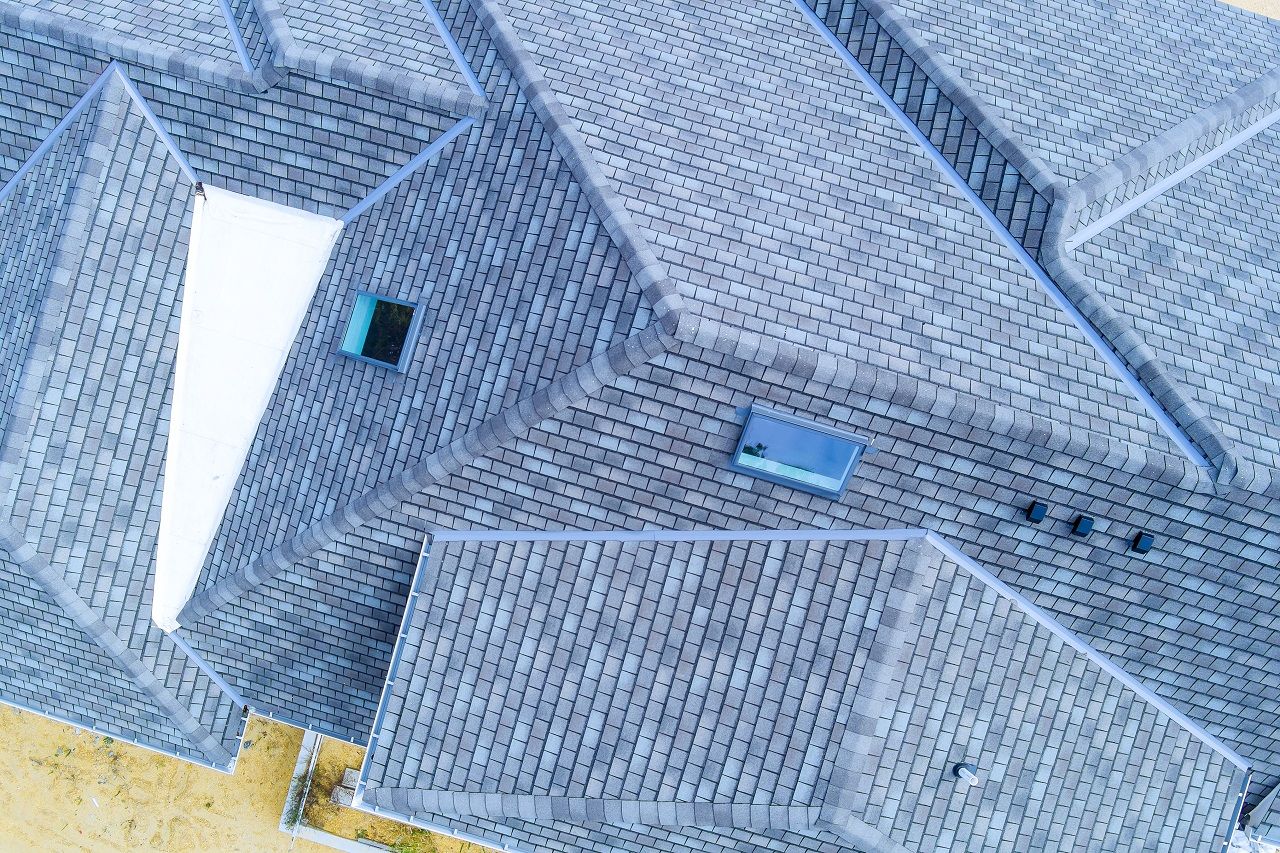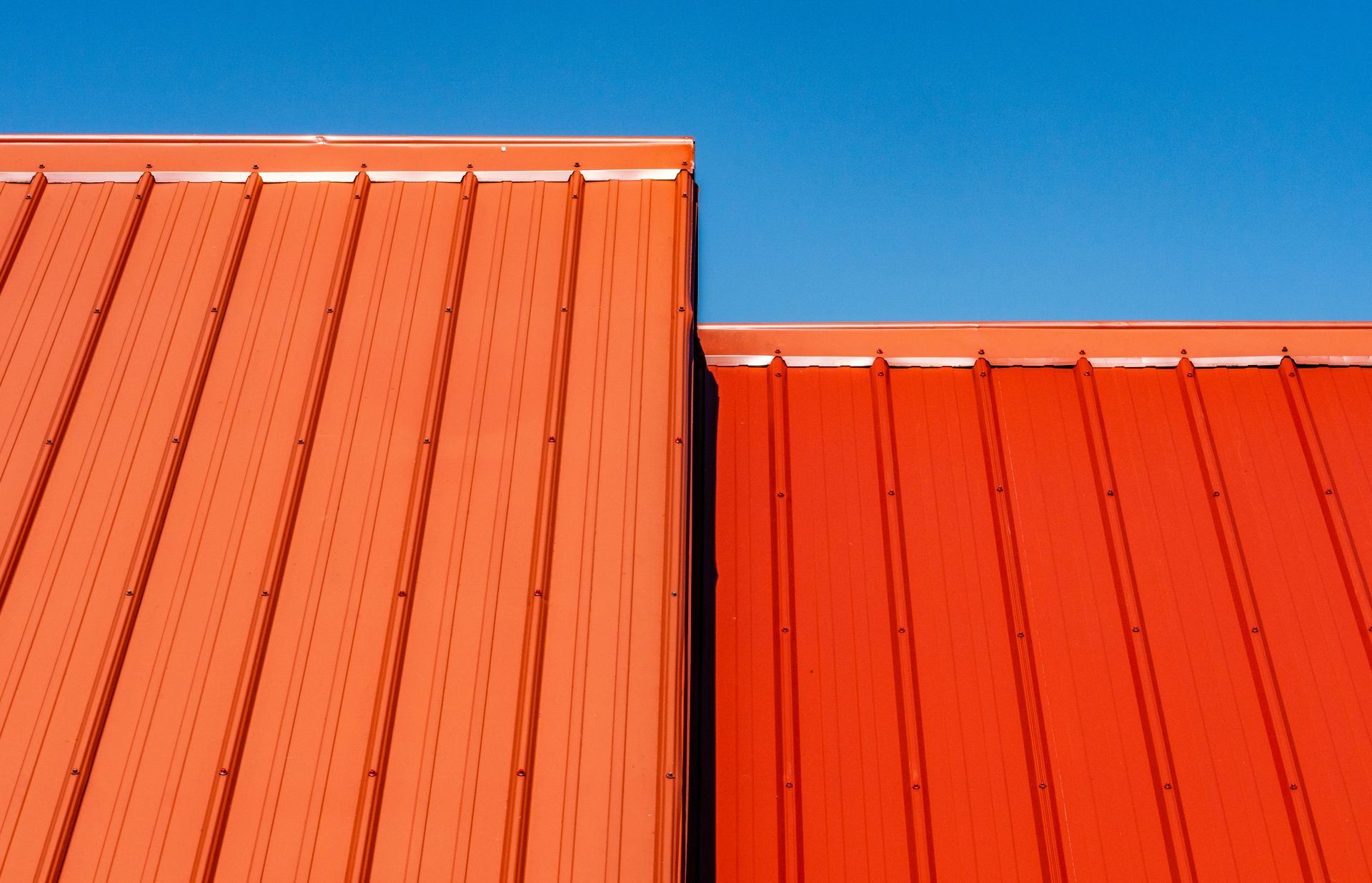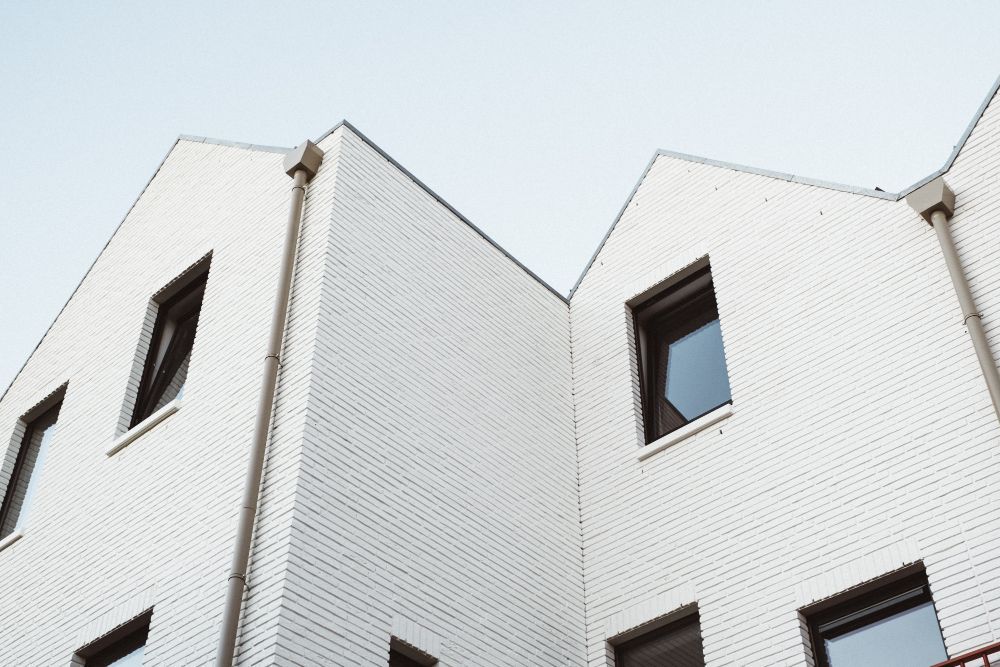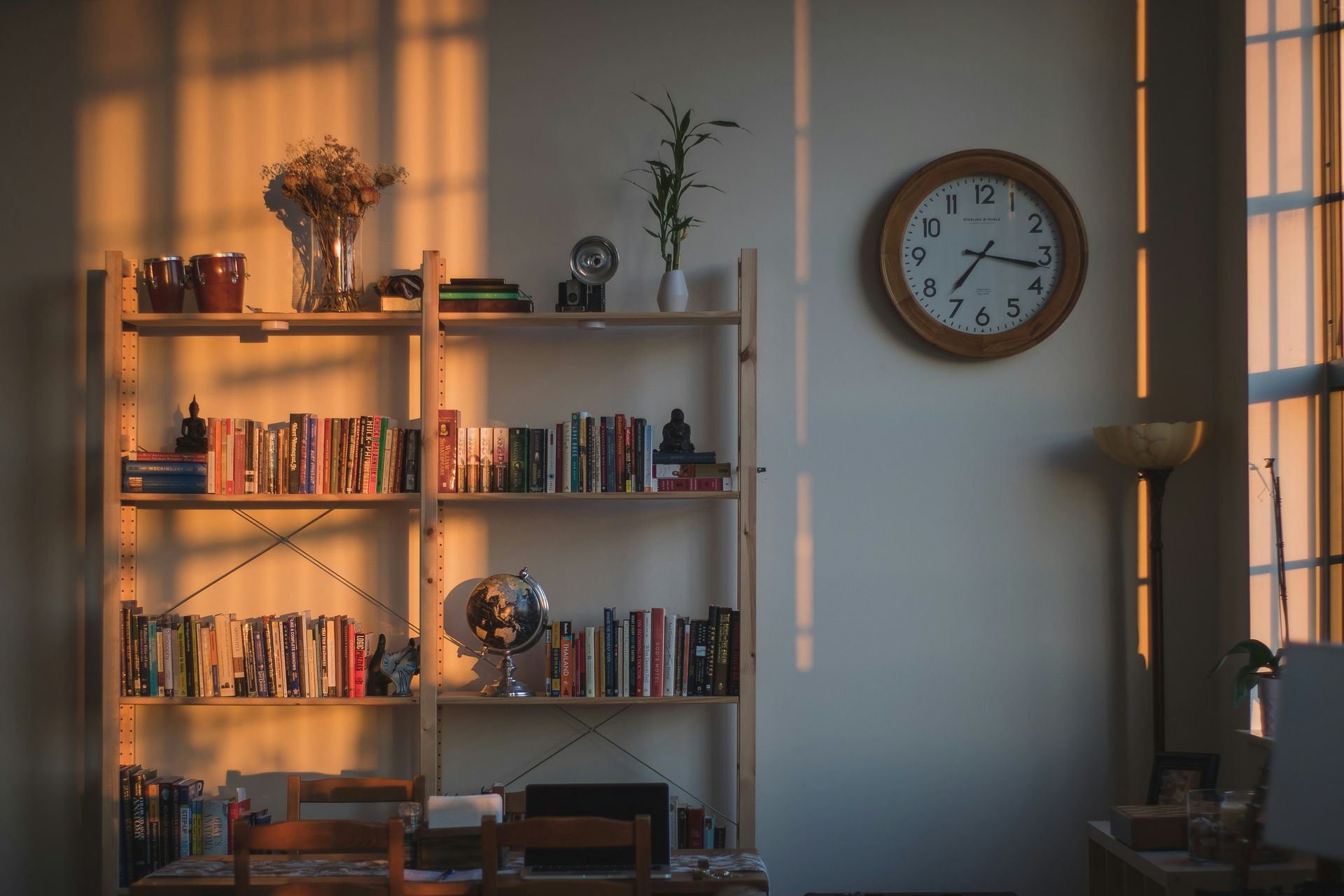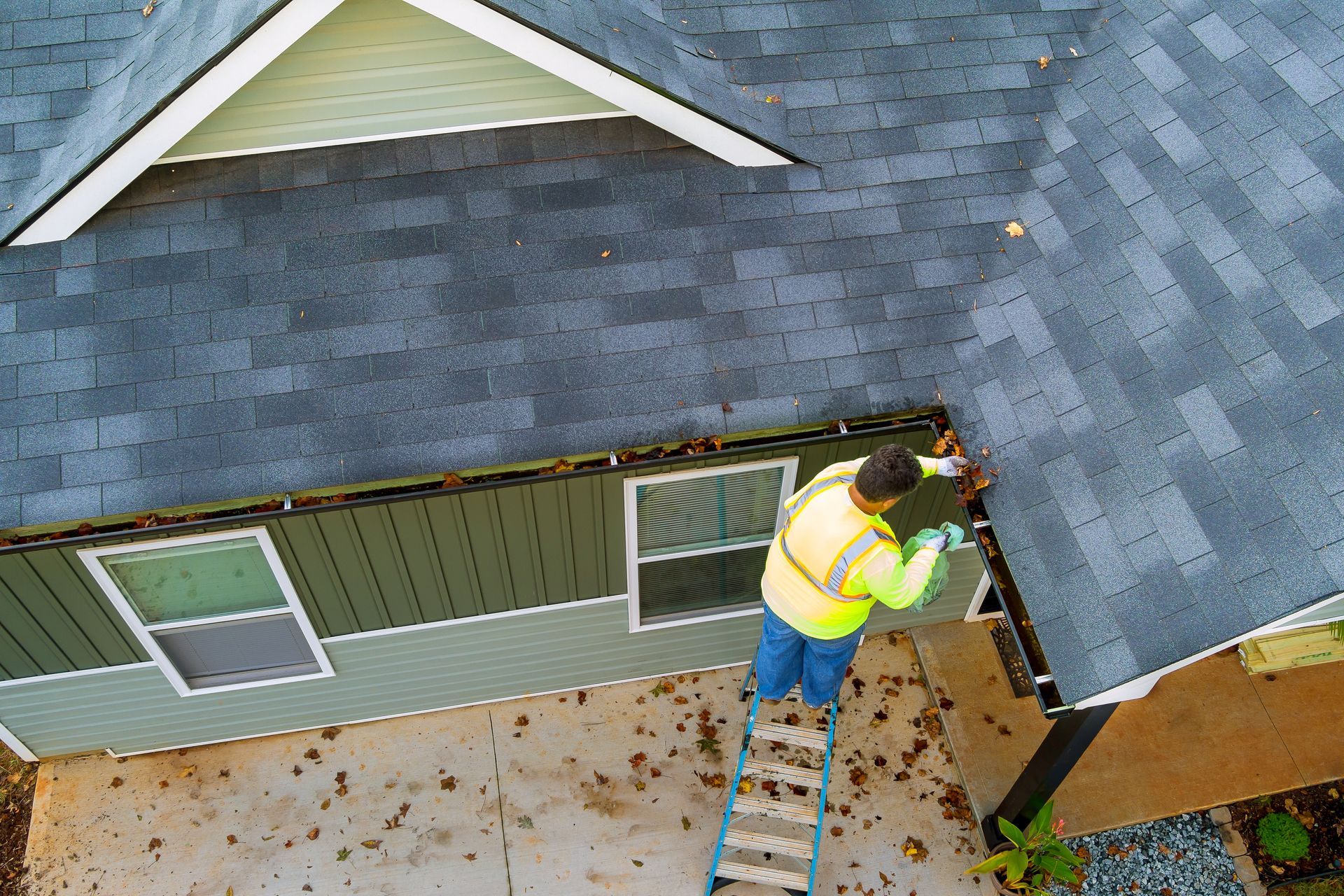Flat Roof vs. Pitched Roof: Which One is Right for Your Home?
One of the most critical aspects of home construction or renovation is the roof. The selection of the right roofing style plays a significant role in determining not only your home's curb appeal and aesthetics but also its functionality, durability, and energy efficiency. As leading experts in roofing, siding, gutters, and carpentry services, we understand the complexities of choosing the perfect roofing system for your home, and we're here to guide you through the decision-making process.
In this blog post, we will discuss in-depth the two primary roof styles - flat roofs and pitched roofs. By comparing their features, benefits, and potential drawbacks, we aim to help you decide which one is the best fit for your home. We'll also touch on factors such as design options, installation, maintenance requirements, and energy efficiencies to provide a comprehensive understanding of both roofing styles.
Understanding the fundamental differences between flat and pitched roofs, along with their respective pros and cons, will empower you to make the best decision for your home, ensuring long-lasting protection and value.
Are you ready to evaluate which roofing style is perfect for your home? Reach out to Built 2 Last Contracting Inc. today to schedule a free consultation with our trusted roofing experts. Our knowledgeable team is here to help guide you through your roofing journey and ensure the utmost satisfaction with your new roof.
Flat Roof vs. Pitched Roof: Which One is Right for Your Home?
Flat Roofs: Benefits and Drawbacks
As the name suggests, flat roofs have a very low slope or pitch that can be barely noticeable. This contemporary roofing style offers several unique benefits while also presenting potential challenges. Let's explore these aspects in more detail:
1. Easy Access and Maintenance: Flat roofs are easier to access for regular maintenance and inspection, making it simpler to identify and repair potential issues before they become significant problems.
2. Additional Living Space or Green Roof Potential: Flat roofs can provide extra outdoor space for lounging, gardening, or installing solar panels. These roofs also offer the opportunity to incorporate green roofing, which can improve your home's energy efficiency and contribute to better stormwater management.
3. Cost-Effective Installations: Flat roofing materials, such as tar and gravel, rubber, or PVC, are typically less expensive than materials used for pitched roofs. Moreover, since the installation process for flat roofs is less intricate, labor costs may also be lower.
4. Limited Lifespan: Flat roofs may have a shorter lifespan compared to pitched roofs, depending on the materials used. Additionally, proper maintenance is crucial to extend the life of your flat roof and minimize the risk of potential problems.
5. Increased Likelihood of Leaks: Flat roofs can be more susceptible to leaks due to the low slope, which can lead to water pooling in certain areas. Ensuring proper drainage and regular maintenance can alleviate this issue.
Pitched Roofs: Benefits and Drawbacks
Pitched roofs consist of sloped surfaces that form a triangular or peaked shape. This traditional roofing style offers various advantages but also comes with its own set of limitations. To better understand if pitched roofs are the right choice for your home, consider the following:
1. Improved Weather Resistance: Pitched roofs provide better resistance to harsh weather conditions, such as heavy rain or snow, by promoting swift runoff. This enhances the durability and longevity of your roof.
2. Increased Attic Space: The triangular-shaped structure of a pitched roof creates additional space in the attic. This can be utilized for storage or even transformed into an extra living area, such as a bedroom or home office.
3. Enhanced Architectural Appeal: Pitched roofs can add visual interest and architectural elegance to your home's exterior. Moreover, pitched roofs offer a wider variety of design options, with materials such as asphalt shingles, metal, slate, or clay tiles to choose from.
4. Higher Upfront Costs: The installation of pitched roofs and the materials used tend to be more expensive compared to flat roofs. However, given their enhanced durability, pitched roofs may prove more cost-effective in the long run.
5. Installation Complexities: Pitched roofs are generally more complex to install, requiring skilled professionals to ensure proper construction. This can lead to higher labor costs and a lengthier installation process.
Factors to Consider In Your Decision
To determine the best roofing style for your home, here are some essential factors to consider:
1. Architectural Style: The design of your house plays a significant role in determining the appropriate roof style. Contemporary, minimalist homes tend to lean towards flat roofs, whereas more traditional homes may benefit from pitched roofs.
2. Climate: Your home's geographic location and local climate also influence your roof selection. Homes in areas with heavy precipitation or snowfall may benefit from the water-resistant properties of pitched roofs, while those in drier climates might opt for flat roofs.
3. Energy Efficiency: Energy-efficient roofing materials are available for both flat and pitched roofs. Insulated roof systems for flat roofs or energy-star-rated shingles for pitched roofs can help improve your home's energy efficiency, reduce heating and cooling costs, and potentially provide tax credits.
4. Budget: Budget considerations should be taken into account when choosing the right roofing option. While flat roofs may be more cost-effective initially, the potential for higher maintenance expenses should be considered, and pitched roofs offer long-term durability resulting in potential cost savings.
Making the Right Choice for Your Home
Ultimately, choosing between a flat roof or a pitched roof depends on factors such as your home's architectural style, geographic location, energy efficiency needs, and budget constraints. By weighing the benefits and drawbacks of both roofs and taking into account your unique requirements, you can make an informed decision that suits your home best.
If you're ready to discuss your roofing needs, look no further than Built 2 Last Contracting Inc.. Our expert team will guide you throughout the entire process, ensuring seamless installation, and delivering a roof that lasts for years to come. Reach out to us today to schedule a free consultation and start your Pennsylvania roofing journey with confidence.
